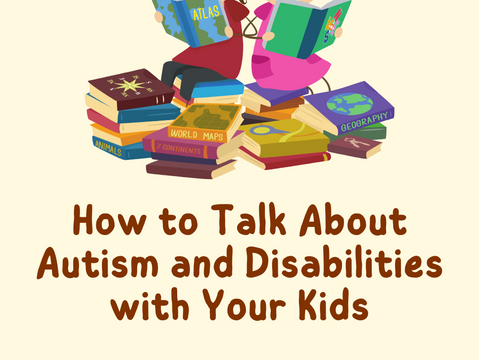After you have read one of these books with your children, stay open to having a conversation to talk about autism and disabilities. Maybe ask them their thoughts. You might get asked a question you might not know the answer to. The good news is that’s okay!
Did you know that saying “I don’t know” is a perfectly wonderful answer to a question your child may ask?
As parents, we think we have to know everything, teach our children about the world, and have everything figured out all the time. Our children look to us as if we have all of the answers but that’s not what they need. They just need a safe space to ask questions and to be heard.
Stay curious! What would happen if your child asked you a question you didn’t know the answer to and your reply was something along the lines of “I don’t know, but that is such a great question” and then “What if we try to figure out the answer together”
Then you’ve sparked curiosity in your child and you can talk about how you might go about finding the answer together. Maybe you go get more books at the library?
Maybe you talk to a friend who might know more about the topic? Maybe you look up some information online together (in a safe, supervised way).
Maybe your child has great ideas about how you can find the answer. You can turn an overwhelming topic into an adventure to learn more that you can go on together.
We need to worry less about having all the right answers for our children and knowing exactly what to say all the time. I believe it’s more important to model curiosity and to teach them that learning doesn’t stop when they finish school.
By teaching our children to stay open and curious, I know we can change our culture to be more inclusive, aware, accepting, and accommodating of how neurodiverse we truly are.
